
A Quintet Book Published by Sellers Publishing Inc. 161 John Roberts Road, South Portland, Maine 04106 Visit our Web site: e-ISBN: 978-1-4162-0962-1
500 Quilt Blocks copyright 2015 Quintet Publishing Limited. All rights reserved under International and Pan-American copyright conventions. By payment of the required fees, you have been granted the nonexclusive, nontransferable right to access and read the text of this e-book onscreen. No part of this text may be reproduced, transmitted, downloaded, decompiled, reverse engineered, or stored or introduced into any information storage and retrieval system, in any form, by any means, whether electronic or mechanical, now known or hereinafter invented, without the express written permission of Sellers Publishing, Inc. e-books.
January 2015 This book was designed and produced by Quintet Publishing Limited 4th Floor, Sheridan House 114-116 Western Road Hove, East Sussex BN3 1DD Photographer: Sussie Bell Flat Photography: Freshpak Photo Designer: Tania Field Art Director: Michael Charles Managing Editor: Emma Bastow Editor: Margaret Swinson Editorial Assistant: Lucy Kingett Publisher: Mark Searle
contents


introduction
This book is the ultimate source of inspiration for quilters, whether they enjoy modern or traditional designs. There are instructions for 500 different quilt blocks suitable for the complete beginner through to the advanced quilter. We have included traditional blocks, variations on traditional blocks, new, original, and modern blocks. We have used a wide selection of fabrics and a huge variety of color and pattern combinations in the hope that you will be as inspired by the fabric choices as you are by the finished blocks themselves. Whether you are starting a new project from scratch, joining a quilting group, thinking of designing a quilt of your own, or interested in trying new ideas, we hope you will find plenty of inspiration in these pages. The art of piecing and quilting goes back centuries and it has seen a revival in recent years with the increased popularity of homemade over store-bought items.
The internet has also breathed new life into the quilting community, with quilters able to share ideas and inspiration around the globe through blogs, social media, and photo-sharing websites. In past times, local quilters would get together in a quilting bee to make a joint quilt; quilters now join worldwide groups online to sew blocks for each other and make quilts from the blocks they have received. This revival has coincided with a whole new generation of quilting fabric designers. New fabric lines are shown twice a year at places like Quilt Market and at festivals, and quilters worldwide clamor to get their hands on the exciting new designs. In 500 Quilt Blocks we have mixed new, old, vintage, and modern fabrics to inspire you to try unexpected combinations of your own. Alongside the 500 blocks in this book are 20 projects, each one made from a block featured in the book.
We aim to give you examples of how you might use these blocks to create something for your home or as a gift. From small projects like decorated dishtowels or pincushions right through to bed-size quilts, there is a project for everyone at all skill levels. We hope you enjoy this book as much as we enjoyed putting it together. Lynne Goldsworthy and Kerry Greentools and equipment The following equipment is essential for quilters of all levels:  rotary cutter: sold in metric sizes, with 45mm as the standard size but 28mm will give additional control on smaller shapes.
rotary cutter: sold in metric sizes, with 45mm as the standard size but 28mm will give additional control on smaller shapes.  quilting ruler (inches or cm): a good starting size is 6 12 but you can always add to your collection.
quilting ruler (inches or cm): a good starting size is 6 12 but you can always add to your collection.  cutting mat: this provides a self-healing surface for a rotary cutter.
cutting mat: this provides a self-healing surface for a rotary cutter.  cutting mat: this provides a self-healing surface for a rotary cutter.
cutting mat: this provides a self-healing surface for a rotary cutter.
Buy the largest size you can.  scissors: a pair for fabric, a pair for paper, and a small pair for snipping thread.
scissors: a pair for fabric, a pair for paper, and a small pair for snipping thread.  patchwork pins: strong, thin, and have extra-fine points. Glass-ended pins are helpful as they will not melt if caught by an iron.
patchwork pins: strong, thin, and have extra-fine points. Glass-ended pins are helpful as they will not melt if caught by an iron.  needles: for sewing machines and hand sewing.
needles: for sewing machines and hand sewing.  thread: 50wt 100% cotton thread will cover all piecing needs.
thread: 50wt 100% cotton thread will cover all piecing needs.
A selection of light and dark neutrals blend with most fabrics. Heavier weights such as 40wt and 28wt can also be used for quilting.  marking tools: we use mechanical pencils or Frixion pens for marking the wrong side of fabrics and a Hera marking tool for marking straight quilting lines. If you use pens or pencils on the right side of your fabric, make sure you test a sample first to ensure that the marks will vanish completely when washed.
marking tools: we use mechanical pencils or Frixion pens for marking the wrong side of fabrics and a Hera marking tool for marking straight quilting lines. If you use pens or pencils on the right side of your fabric, make sure you test a sample first to ensure that the marks will vanish completely when washed.  seam ripper: a good quality one is a worthwhile investment.
seam ripper: a good quality one is a worthwhile investment.  sewing machine: while you can piece by hand, a sewing machine will speed things up a great deal.
sewing machine: while you can piece by hand, a sewing machine will speed things up a great deal.  sewing machine: while you can piece by hand, a sewing machine will speed things up a great deal.
sewing machine: while you can piece by hand, a sewing machine will speed things up a great deal.
Quilting and piecing can be sewn with a straight stitch as long as you can alter the length of your stitch on your machine. Use a short length for foundation paper piecing (1.5), longer for piecing (2.0 or so), and longer for quilting (35). There are machines for quilters with extra stitches built in, improved feed to handle multiple layers, built-in walking foot, and additional space in the throat of the machine to accommodate larger quilts.  quarter-inch foot: this saves a lot of time worrying about the accuracy of your 1/4 seam.
quarter-inch foot: this saves a lot of time worrying about the accuracy of your 1/4 seam.  free-motion or darning foot: allows you to be more creative in your quilting.
free-motion or darning foot: allows you to be more creative in your quilting.  walking foot: keeps the fabric feed steady when machine quilting, so that layers do not shift (and therefore reducing wrinkles and puckers).
walking foot: keeps the fabric feed steady when machine quilting, so that layers do not shift (and therefore reducing wrinkles and puckers).
This feature is built into some machines, but if not, a specialty foot will need to be purchased. 


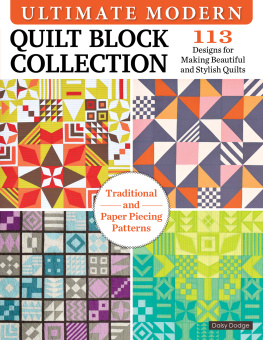
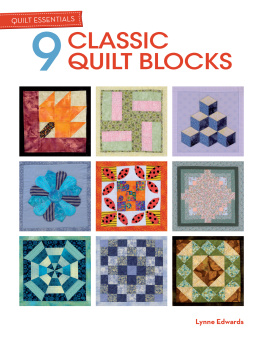
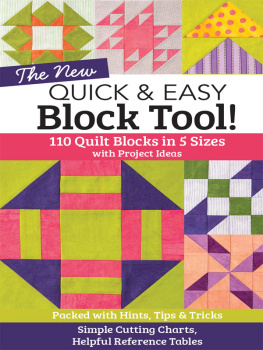
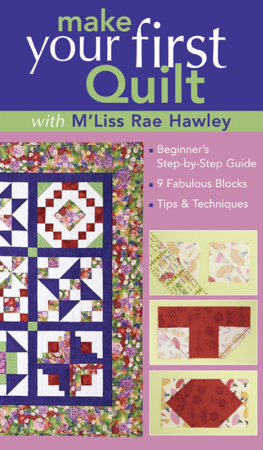
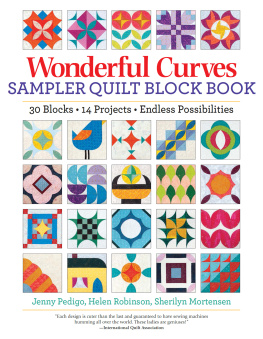
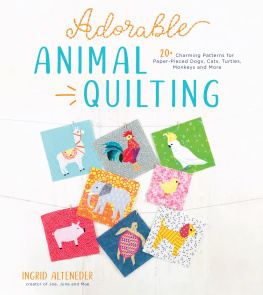
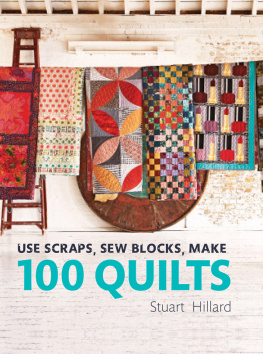
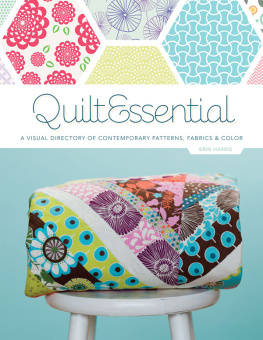

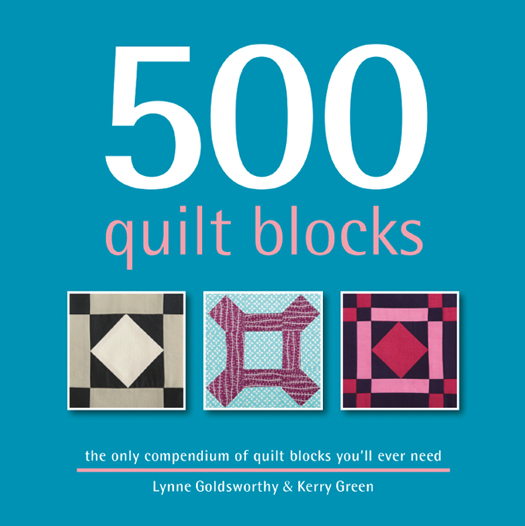

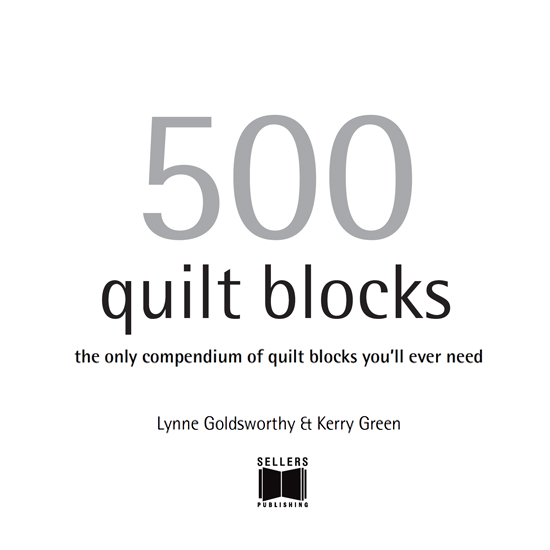


 rotary cutter: sold in metric sizes, with 45mm as the standard size but 28mm will give additional control on smaller shapes.
rotary cutter: sold in metric sizes, with 45mm as the standard size but 28mm will give additional control on smaller shapes.